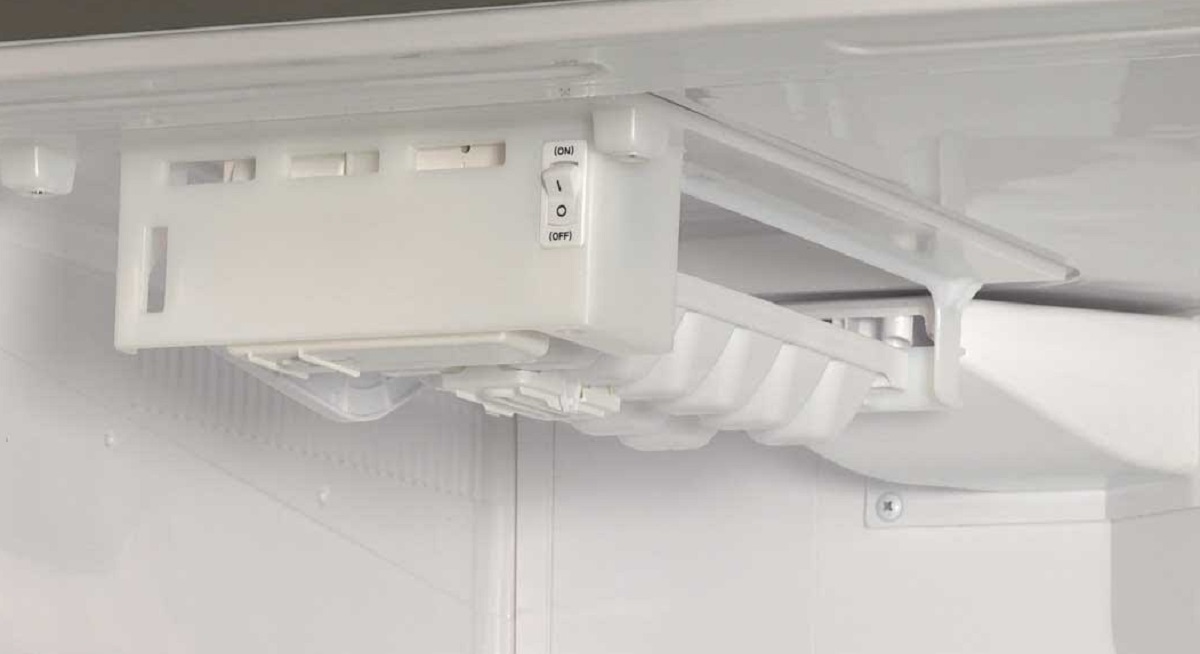

Articles
How To Fix LG Refrigerator Ice Maker
Modified: February 27, 2024
Discover effective ways to fix your LG refrigerator ice maker with helpful articles. Get expert advice and troubleshooting tips to resolve the issue.
(Many of the links in this article redirect to a specific reviewed product. Your purchase of these products through affiliate links helps to generate commission for Storables.com, at no extra cost. Learn more)
Introduction
Welcome to our comprehensive guide on fixing LG refrigerator ice makers. If you own an LG refrigerator and are experiencing issues with your ice maker, you’re not alone. Ice maker problems are quite common, but the good news is that many of these issues can be resolved without calling a professional technician.
An LG refrigerator ice maker is a convenient appliance that provides you with a steady supply of ice cubes. Whether you’re hosting a party or simply enjoying a refreshing cold beverage, having an ice maker that works properly is essential. However, over time, your ice maker may encounter certain problems that could impact its performance.
In this article, we will discuss some of the common problems you may encounter with LG refrigerator ice makers. We’ll also provide you with troubleshooting tips to help you diagnose and address the issues. Additionally, we’ll explore cleaning and maintenance practices that can improve your ice maker’s efficiency. Lastly, we’ll touch on the topic of replacing ice maker parts if the need arises.
So, if you’re ready to learn how to fix your LG refrigerator ice maker, let’s dive in!
Key Takeaways:
- Troubleshoot LG refrigerator ice maker issues by checking water supply, cleaning components, and resetting the ice maker to ensure optimal performance and ice production.
- Regularly clean and maintain your LG refrigerator ice maker by defrosting the freezer, sanitizing the ice bin, and monitoring water supply and filter replacement for continuous ice production.
Read more: How To Fix Ice Maker Ge Refrigerator
Common Problems with LG Refrigerator Ice Makers
LG refrigerator ice makers can experience a variety of issues that can disrupt the ice-making process. Understanding these common problems will help you troubleshoot and resolve them more effectively. Here are some of the most prevalent problems you may encounter:
- No Ice Production: One of the most common issues is when your LG refrigerator ice maker stops producing ice altogether. This can be caused by a malfunctioning water supply line, a faulty water inlet valve, or a problem with the ice maker itself.
- Slow Ice Production: If your LG refrigerator ice maker is producing ice, but at a slower rate than usual, there could be several factors at play. Check if the freezer temperature is set too high, as this can impede ice production. Additionally, a clogged water filter or a problem with the ice maker motor may also be to blame.
- Ice Cubes Freezing Together: If your ice cubes are clumping together in the ice bin, it’s likely due to an issue with the ice maker’s defrost system. This can cause the cubes to partially melt and then refreeze into a solid mass. Inspect the defrost thermostat, heater, and defrost timer to identify the culprit.
- Leaking Water: Water leakage from the ice maker is a common problem that can cause water to pool on the floor or inside the freezer compartment. The water inlet valve or the ice maker itself may be the source of the leak, and a faulty connection or clogged water line could be the cause.
- Frost Build-up in the Ice Maker: Excessive frost accumulation in the ice maker can lead to reduced ice production and poor ice quality. This may be caused by a faulty seal on the ice maker compartment door, which allows warm air to enter and create frost. Clean the gasket and ensure that the door is closing properly to prevent frost buildup.
Keep in mind that these are just a few examples of the problems you may encounter with your LG refrigerator ice maker. The specific issue you experience may vary, but with some troubleshooting, you can often identify the root cause and find a solution.
Troubleshooting LG Refrigerator Ice Maker Issues
When your LG refrigerator ice maker is not functioning properly, there are several troubleshooting steps you can take to identify and resolve the issue. Here are some tips to help you get your ice maker back up and running:
- Check the Water Supply: Ensure that the water supply to the refrigerator is properly connected and turned on. A blockage or interruption in the water supply can prevent the ice maker from receiving water to produce ice.
- Inspect the Water Inlet Valve: The water inlet valve controls the flow of water into the ice maker. If there is no water entering the ice maker, the valve may be faulty. Check for any clogs or debris that may be obstructing the valve’s operation. If necessary, replace the water inlet valve.
- Confirm Freezer Temperature: Verify that the temperature in the freezer compartment is set correctly. The ideal temperature for ice production is around 0°F. If the freezer is too warm, it can hinder the ice-making process. Adjust the temperature settings accordingly.
- Clean or Replace the Water Filter: A clogged or expired water filter can impede water flow, affecting ice production. Check the water filter and clean or replace it as needed. Regularly replacing the water filter is essential for maintaining optimal ice maker performance.
- Reset the Ice Maker: Sometimes, a simple reset can solve issues with the ice maker. Find the reset button on the control panel or refer to the manufacturer’s instructions to perform a reset. This can help clear any temporary glitches in the system.
- Inspect the Ice Maker Components: Examine the ice maker components for any visible damage or blockages. Look for frozen water lines, stuck ice cubes, or loose connections. Clear any obstructions and ensure that all parts are properly aligned and functioning.
- Test the Ice Maker Motor: If the ice maker is not turning or producing ice, the motor may be the culprit. Use a multimeter to test the motor for continuity. If there is no continuity, the motor may need to be replaced.
- Consult the Owner’s Manual: The owner’s manual for your LG refrigerator may contain specific troubleshooting instructions tailored to your model. Refer to the manual for additional guidance and troubleshooting steps.
By systematically troubleshooting these common problems, you can often identify the cause of the issue and take the necessary steps to fix it. However, if you’re unable to resolve the problem on your own, it may be best to seek professional assistance.
Check the water supply line for any kinks or blockages. Also, make sure the freezer temperature is set to the proper level for ice production.
Cleaning and Maintaining the LG Refrigerator Ice Maker
Regular cleaning and maintenance are key to ensuring the optimal performance of your LG refrigerator ice maker. Here are some important steps to follow:
- Defrost the Freezer: Frost build-up can affect the ice maker’s performance. Regularly defrost your freezer to prevent excessive ice formation. Follow the manufacturer’s instructions on how to defrost your specific LG refrigerator model.
- Clean the Ice Bin: Empty the ice bin and remove any remaining ice cubes. Wash the bin with mild soap and warm water, then rinse it thoroughly. This helps prevent any residual build-up or freezer odors from affecting your ice cubes.
- Sanitize the Ice Bin: Periodically, sanitize the ice bin to eliminate any bacteria or mold that may accumulate. Mix a solution of equal parts water and vinegar, and use a clean cloth or sponge to wipe down the bin. Rinse it with clean water afterwards.
- Clear Ice Maker Components: Remove the ice maker components, such as the ice tray or dispenser, if possible. Clean them with warm water, mild soap, and a soft brush. Ensure that all parts are dry before reassembling them.
- Check the Water Line: Inspect the water line connecting the refrigerator to the water supply. Look for any kinks, leaks, or blockages. If necessary, replace the water line to ensure a consistent flow of water to the ice maker.
- Replace the Water Filter: Regularly replacing the water filter is crucial for maintaining the quality of your ice cubes. Follow the manufacturer’s recommendations on how often to change the filter. Dispose of the old filter and install a new one as instructed.
- Keep the Surrounding Area Clean: Clean the area around the ice maker, including the refrigerator coils and vents. Dust and debris can accumulate and affect the efficiency of the ice maker. Use a soft brush or vacuum cleaner to remove any dirt.
- Monitor Ice Production: Pay attention to the ice production of your LG refrigerator. If you notice a sudden decrease in ice production or issues with the ice cubes, it may be a sign that further cleaning or maintenance is required.
By following these cleaning and maintenance practices, you can keep your LG refrigerator ice maker in optimal condition. Regular care will help prolong the life of the ice maker and ensure a continuous supply of fresh and clean ice for your needs.
Replacing LG Refrigerator Ice Maker Parts
If troubleshooting and cleaning methods do not resolve the issues with your LG refrigerator ice maker, you may need to replace certain parts. Here are some steps to guide you through the process:
- Identify the Problematic Part: Determine which specific component of the ice maker is causing the issue. This could be the ice maker assembly, water inlet valve, ice dispenser motor, or any other part that is malfunctioning.
- Order the Replacement Part: Once you have identified the problematic part, find the correct replacement. Refer to your refrigerator’s model number and consult the manufacturer’s website or contact their customer support to obtain the exact part you need.
- Turn off the Power: Before you begin any repairs, unplug the refrigerator or turn off the power supply to ensure your safety.
- Remove the Old Part: Carefully disconnect any wires, tubes, or screws attached to the faulty component. Take note of the connections and their arrangement to aid in the installation of the new part.
- Install the New Part: Follow the manufacturer’s instructions to properly install the replacement part. Connect the wires, tubes, or screws as they were connected to the old part, ensuring a secure and correct fit.
- Test the Ice Maker: Once the new part is installed, turn on the power to the refrigerator and test the ice maker. Monitor its performance to confirm that the issue has been resolved and that the ice maker is functioning properly.
- Seek Professional Help if Needed: If you are uncomfortable with the replacement process or if the issue persists after replacing the part, it may be best to consult a professional technician. They have the expertise and experience to accurately diagnose and repair more complex ice maker problems.
Remember, when replacing parts of your LG refrigerator ice maker, it’s crucial to use genuine manufacturer-recommended parts to ensure compatibility and optimal performance.
By following these steps and taking your time to carefully replace the problematic part, you can often resolve ice maker issues and extend the lifespan of your LG refrigerator.
Read more: How To Fix Ice Maker On Maytag Refrigerator
Conclusion
Dealing with ice maker problems in your LG refrigerator can be frustrating, but with the right knowledge and troubleshooting techniques, many issues can be resolved without the need for professional assistance. By understanding the common problems faced by LG refrigerator ice makers and following the appropriate troubleshooting steps, you can often restore the functionality of your ice maker.
Regular cleaning and maintenance are also essential to keep your ice maker running smoothly. By defrosting the freezer, cleaning the ice bin, and sanitizing the ice maker components, you can prevent build-up and ensure the production of clean and fresh ice cubes. Additionally, monitoring the water supply, replacing the water filter regularly, and keeping the surrounding area clean will contribute to the overall efficiency of your ice maker.
However, if troubleshooting and maintenance efforts do not resolve the issue, it may be necessary to replace faulty parts. By identifying the problematic component, ordering the correct replacement part, and following the appropriate installation steps, you can effectively address more complex ice maker problems.
Remember, safety is paramount when working with appliances. Always turn off the power supply before making any repairs or modifications, and if you’re unsure or uncomfortable, it’s best to seek the help of a professional technician.
In conclusion, with proper troubleshooting, cleaning, and maintenance, as well as the occasional replacement of parts, you can keep your LG refrigerator ice maker in optimal condition. By taking care of your ice maker, you’ll have a consistent supply of ice cubes whenever you need them, ensuring refreshingly cold beverages and enjoyable gatherings with family and friends.
Frequently Asked Questions about How To Fix LG Refrigerator Ice Maker
Was this page helpful?
At Storables.com, we guarantee accurate and reliable information. Our content, validated by Expert Board Contributors, is crafted following stringent Editorial Policies. We're committed to providing you with well-researched, expert-backed insights for all your informational needs.
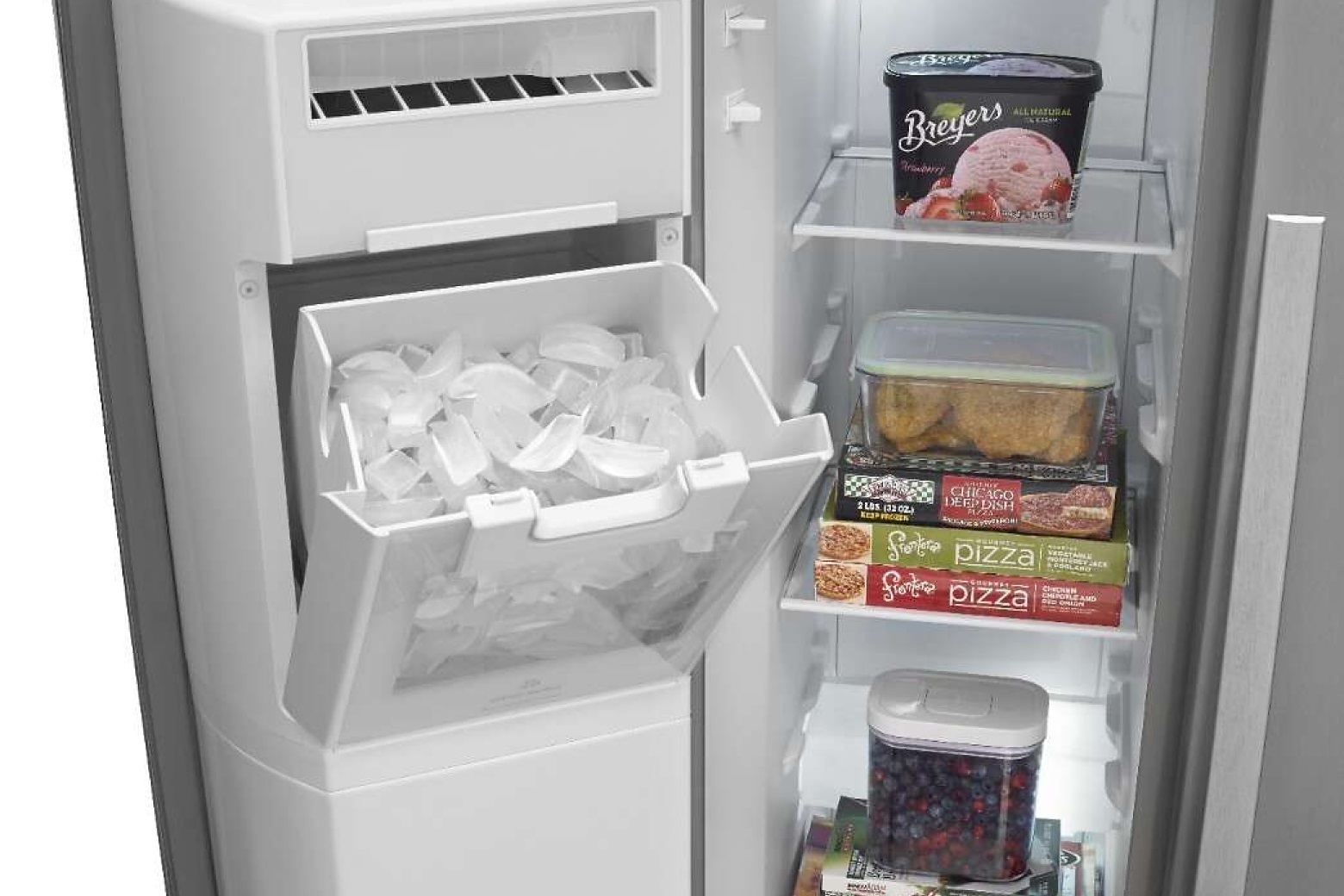
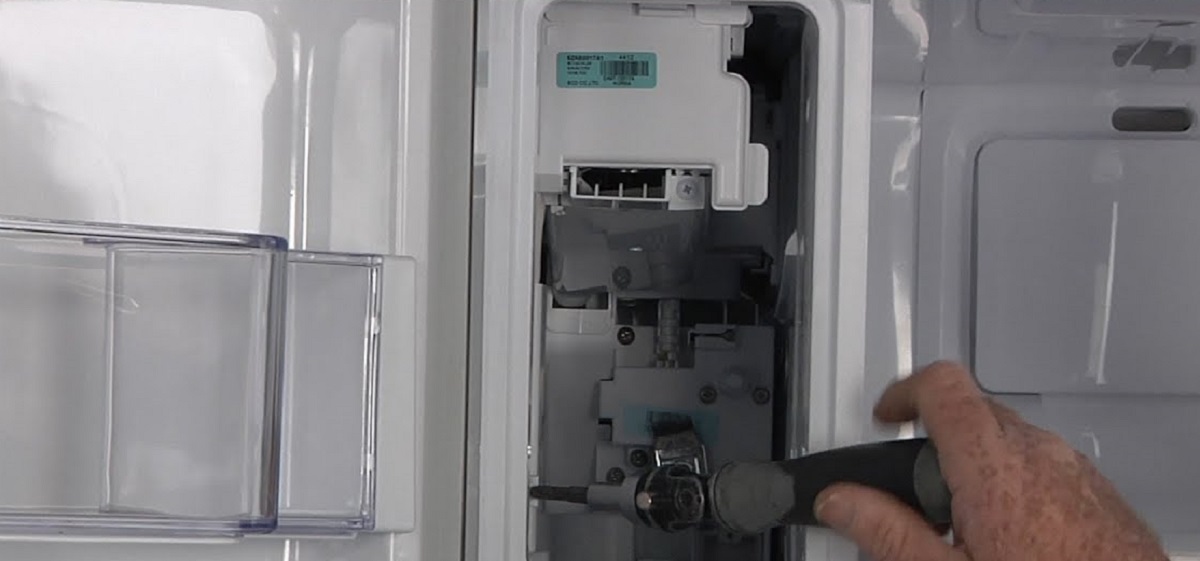
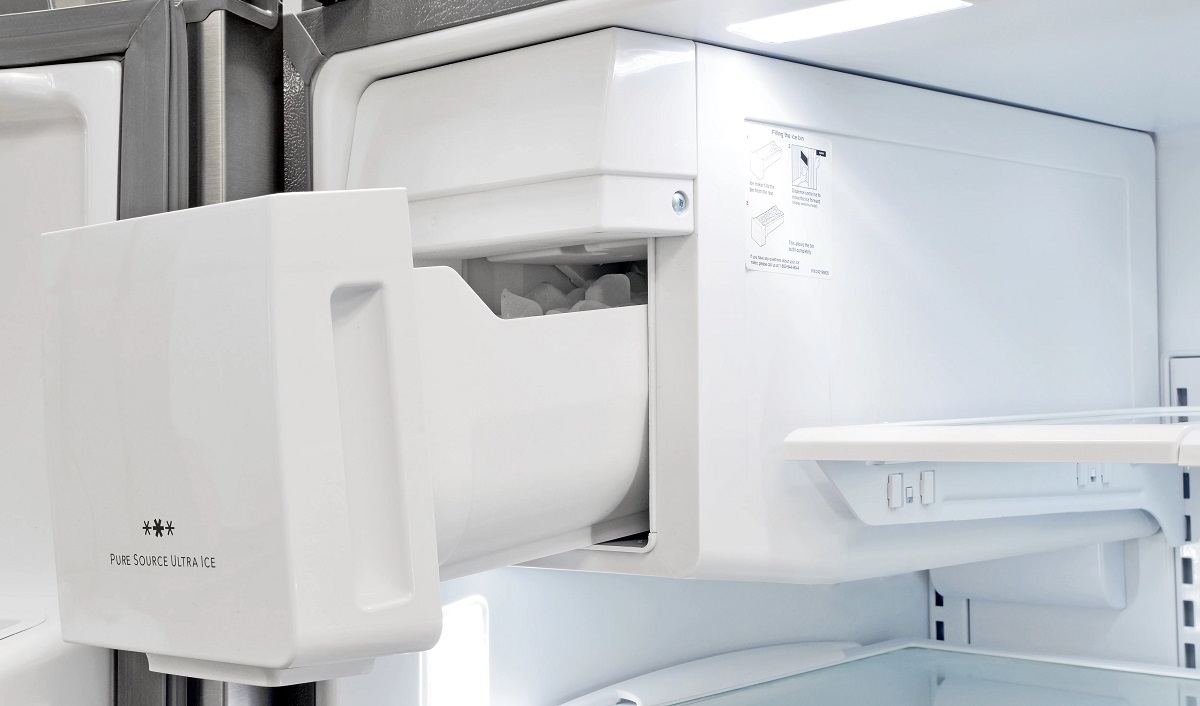
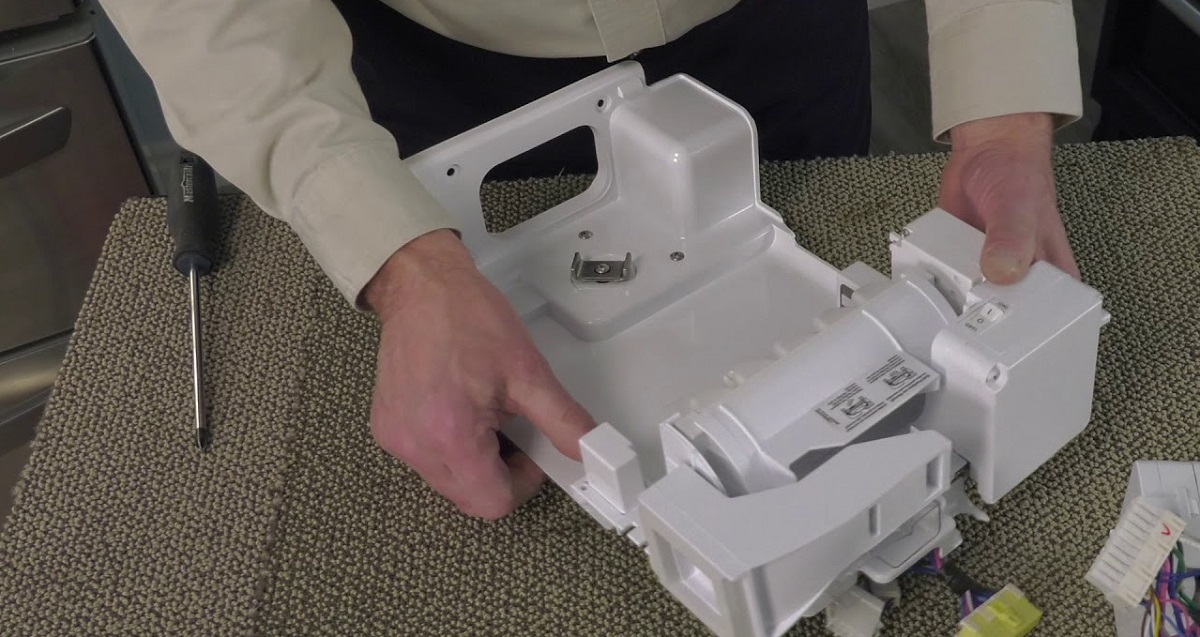
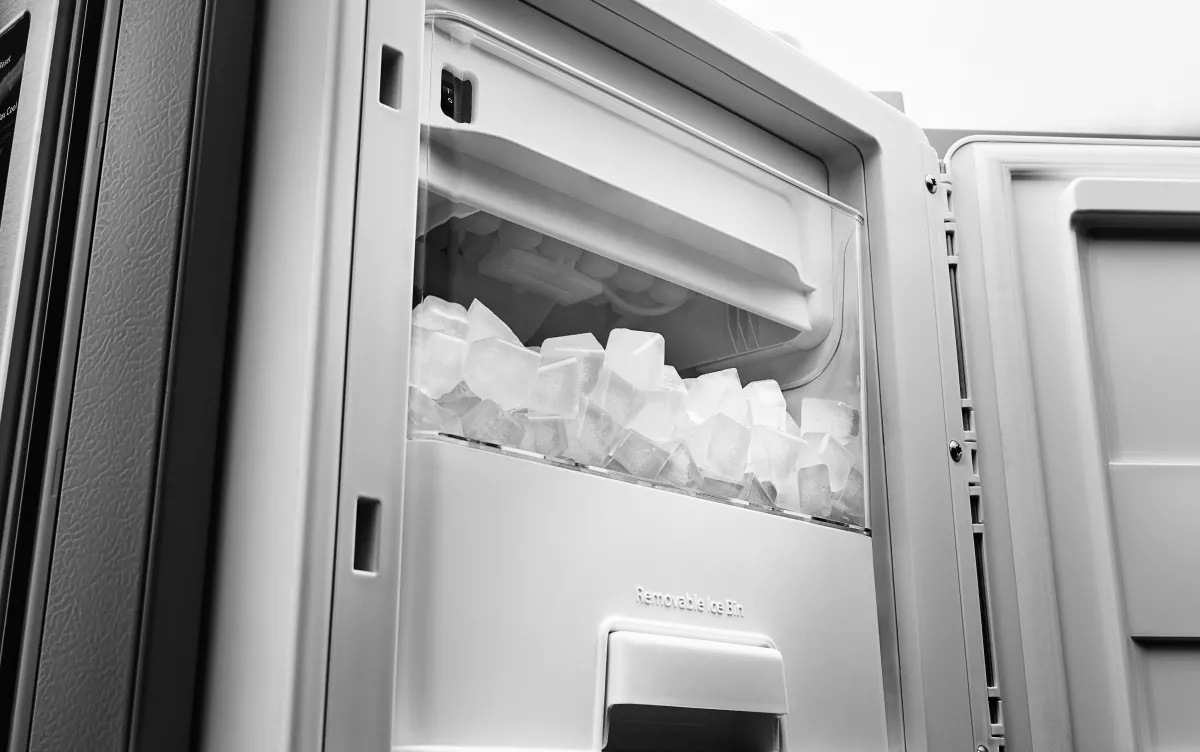
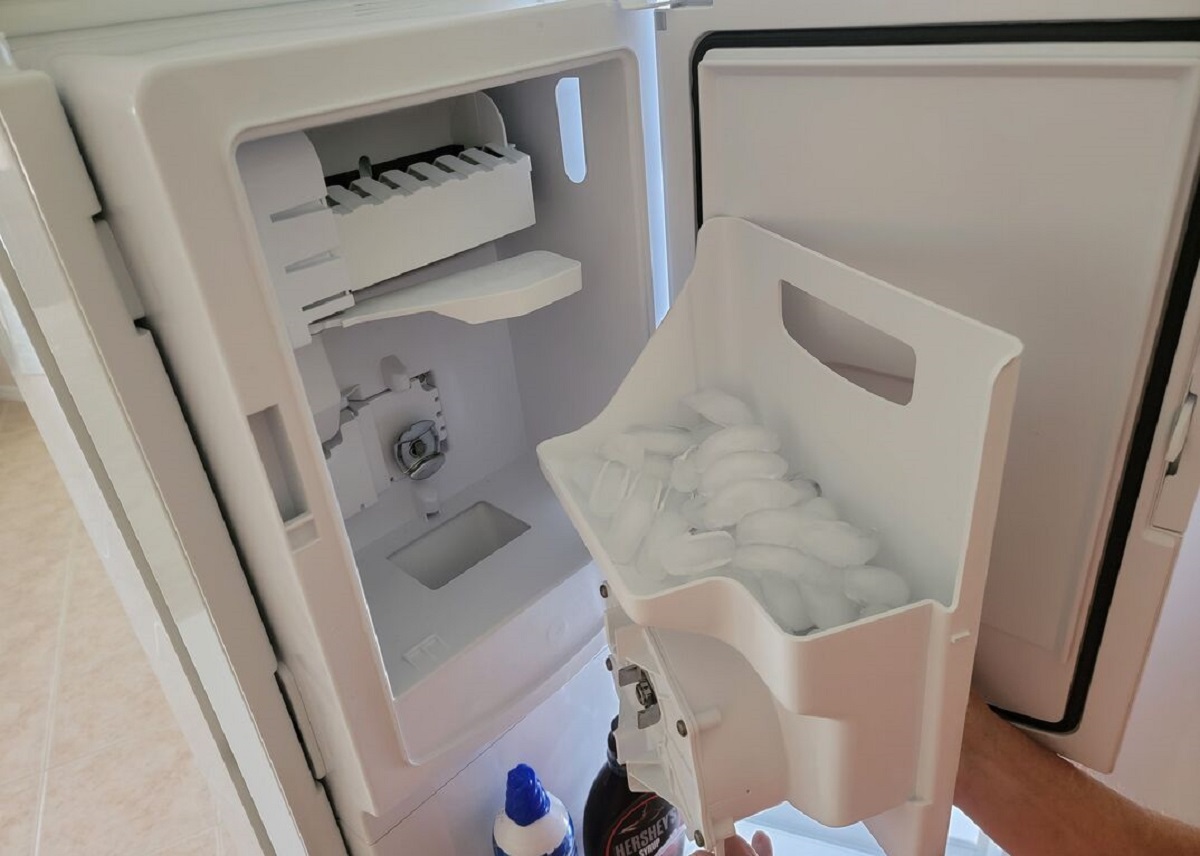
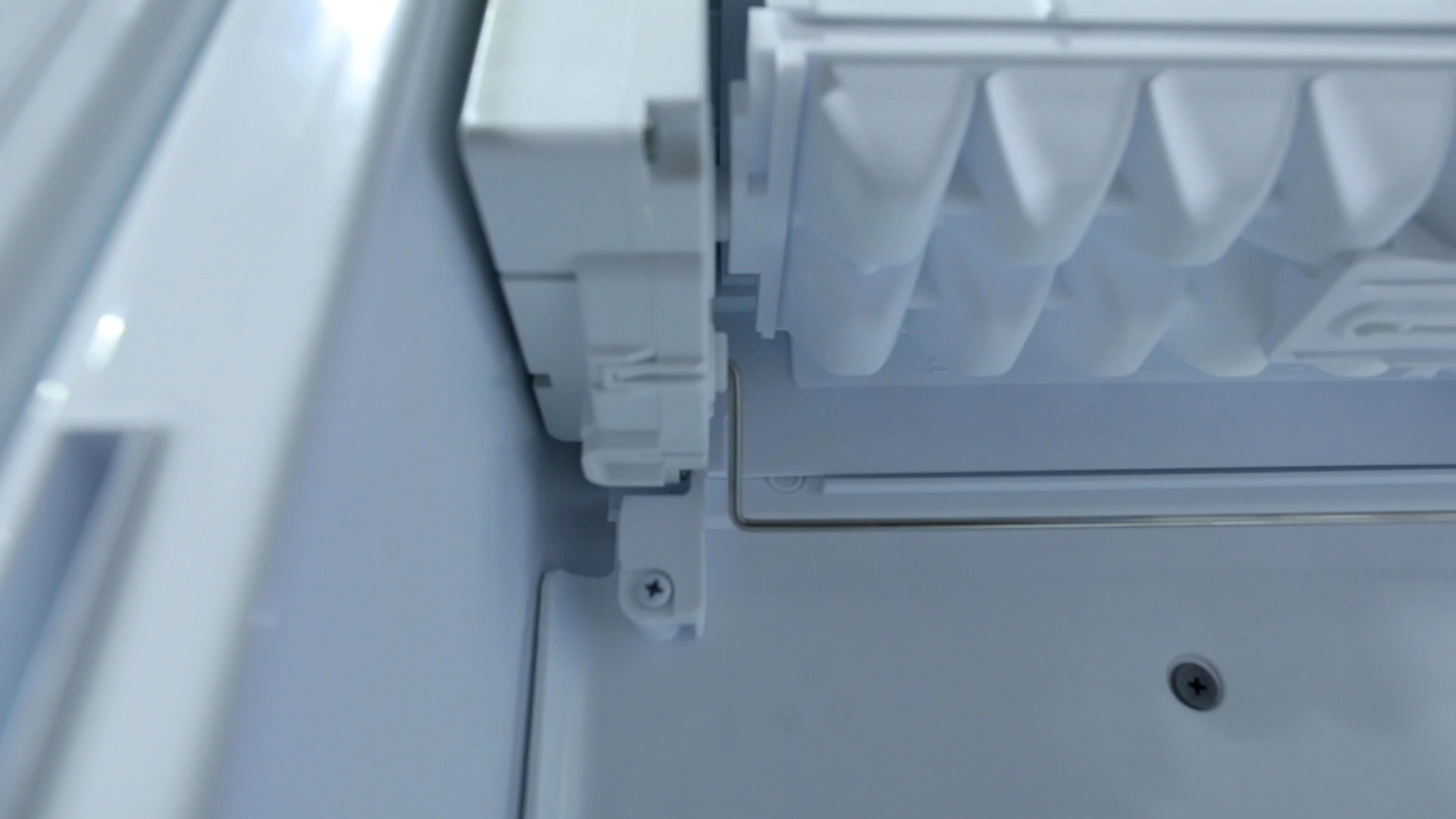
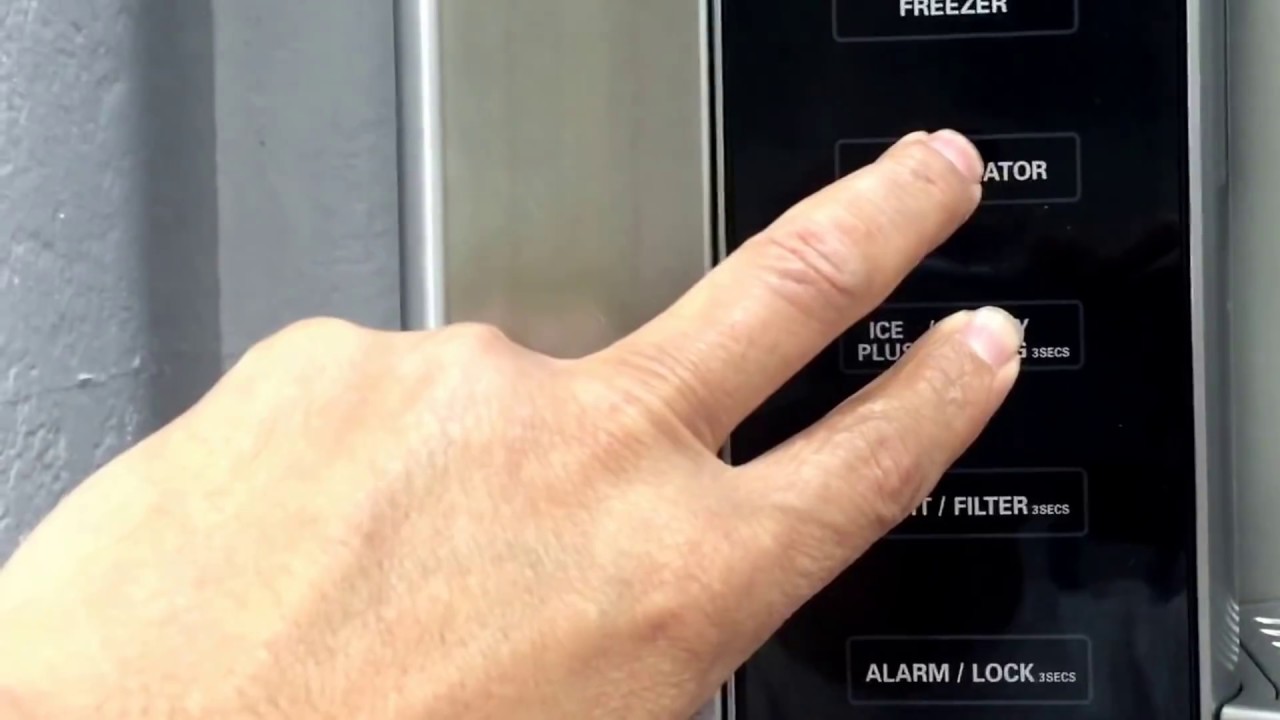
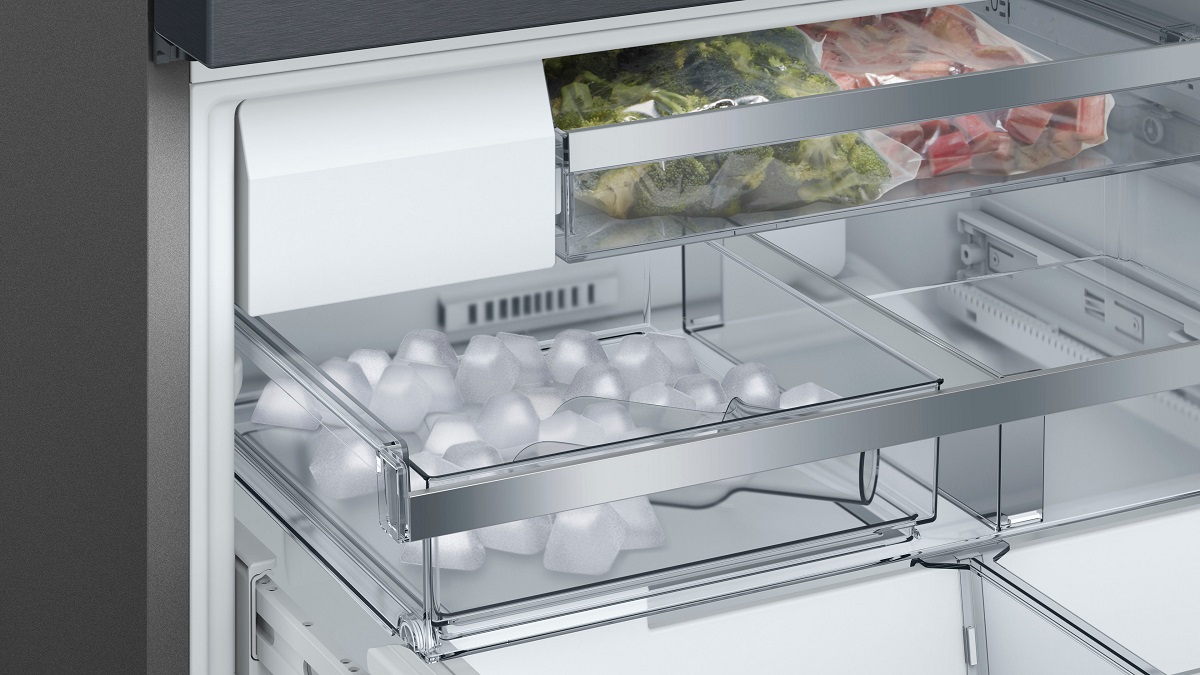
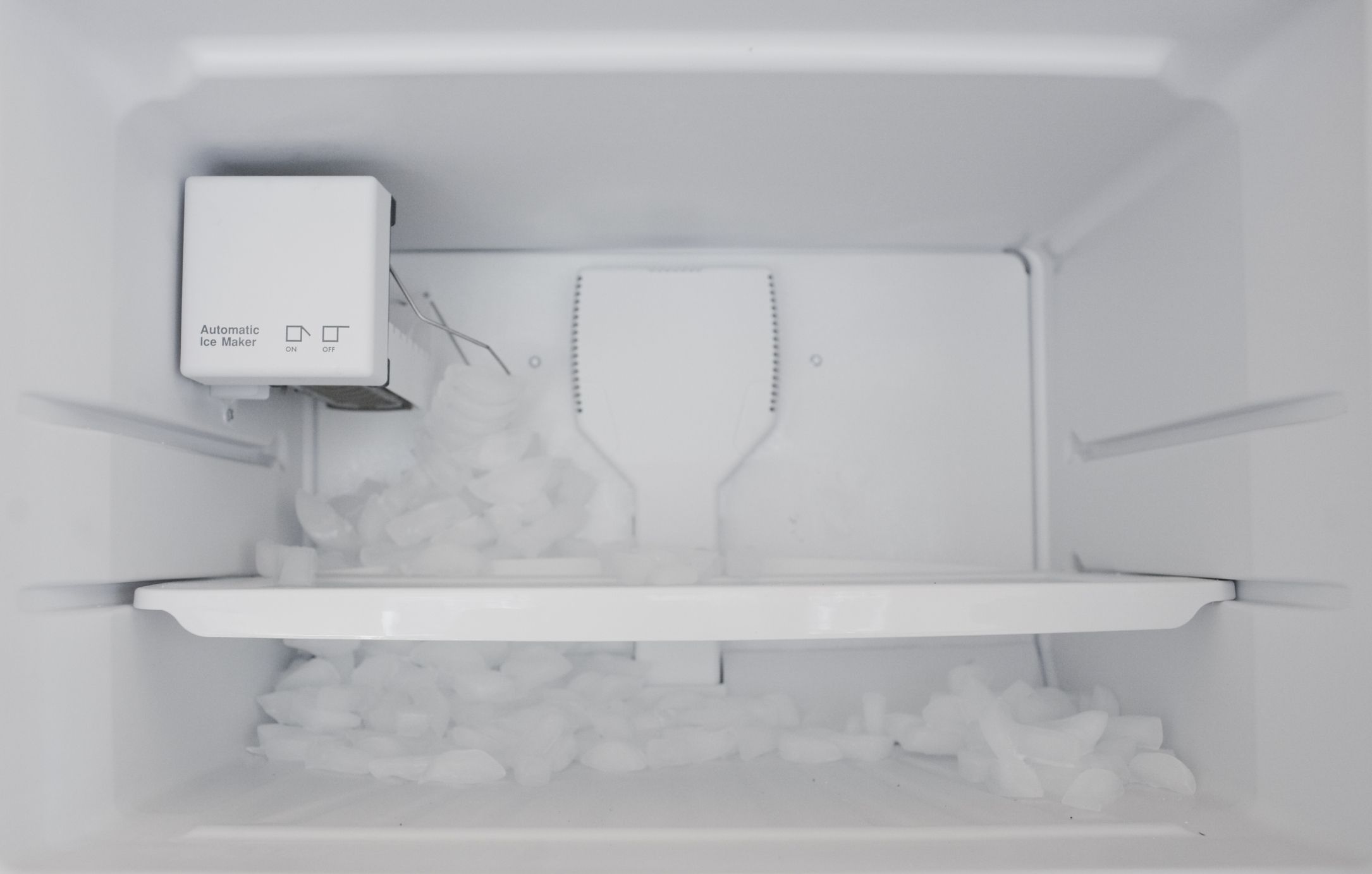
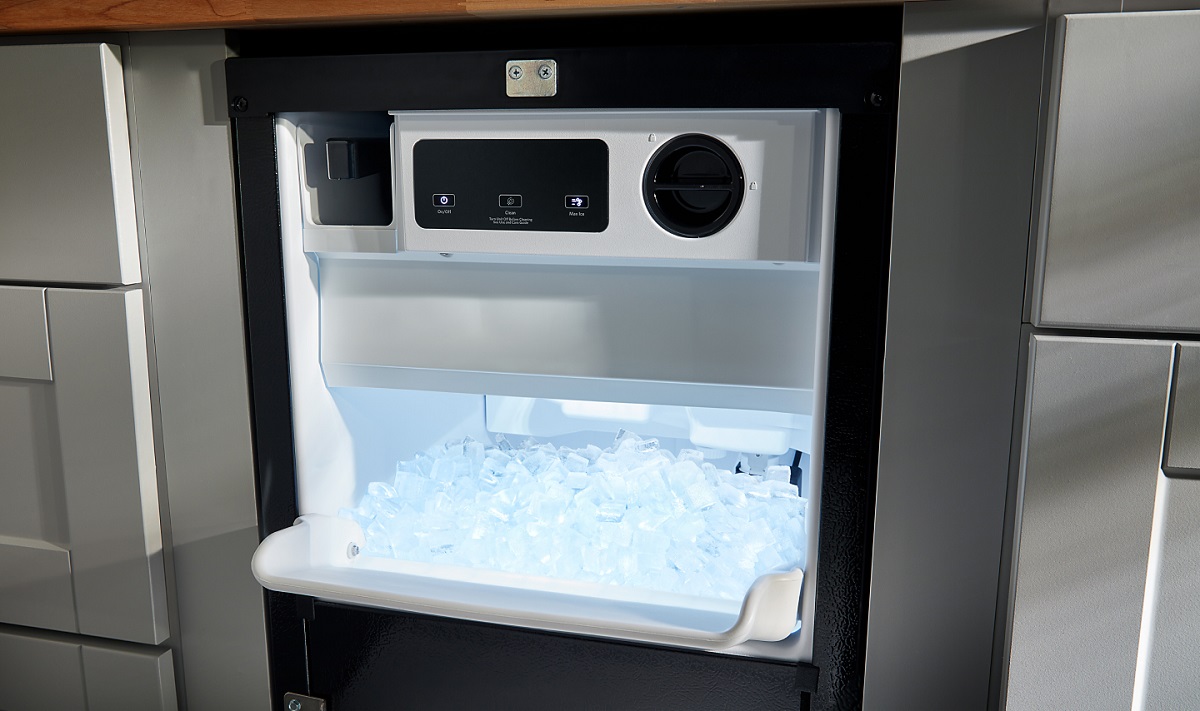
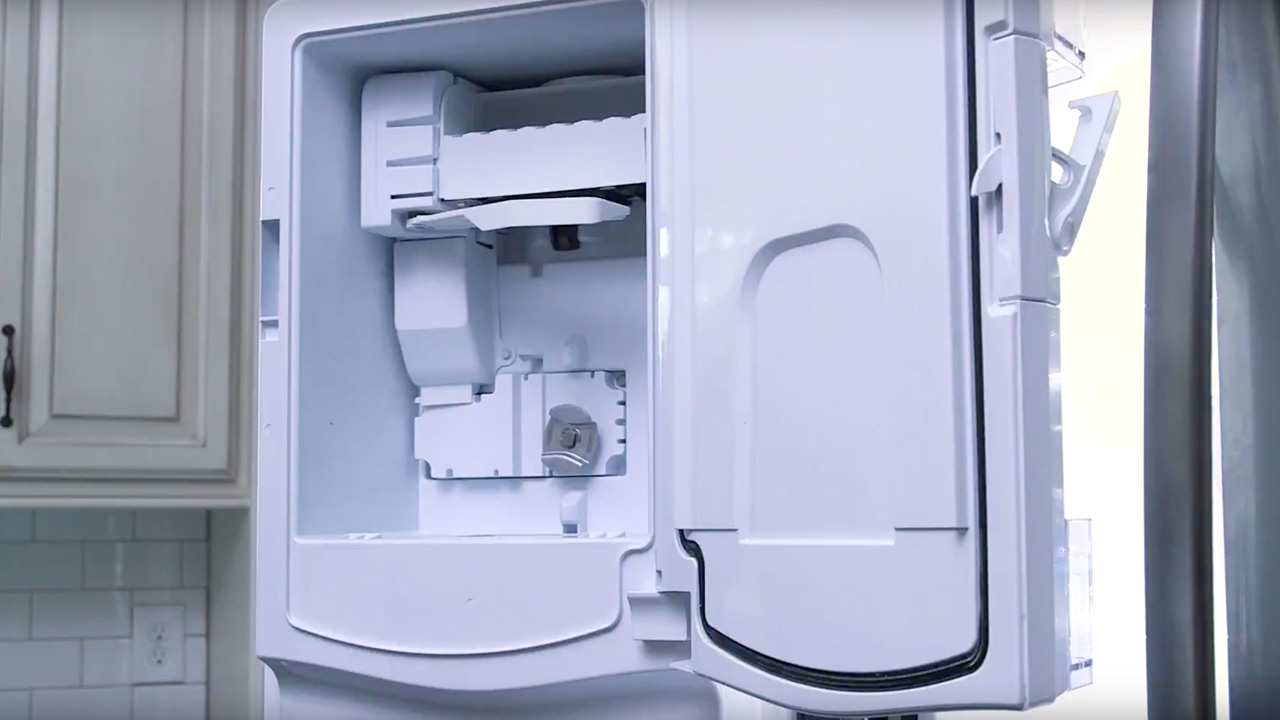
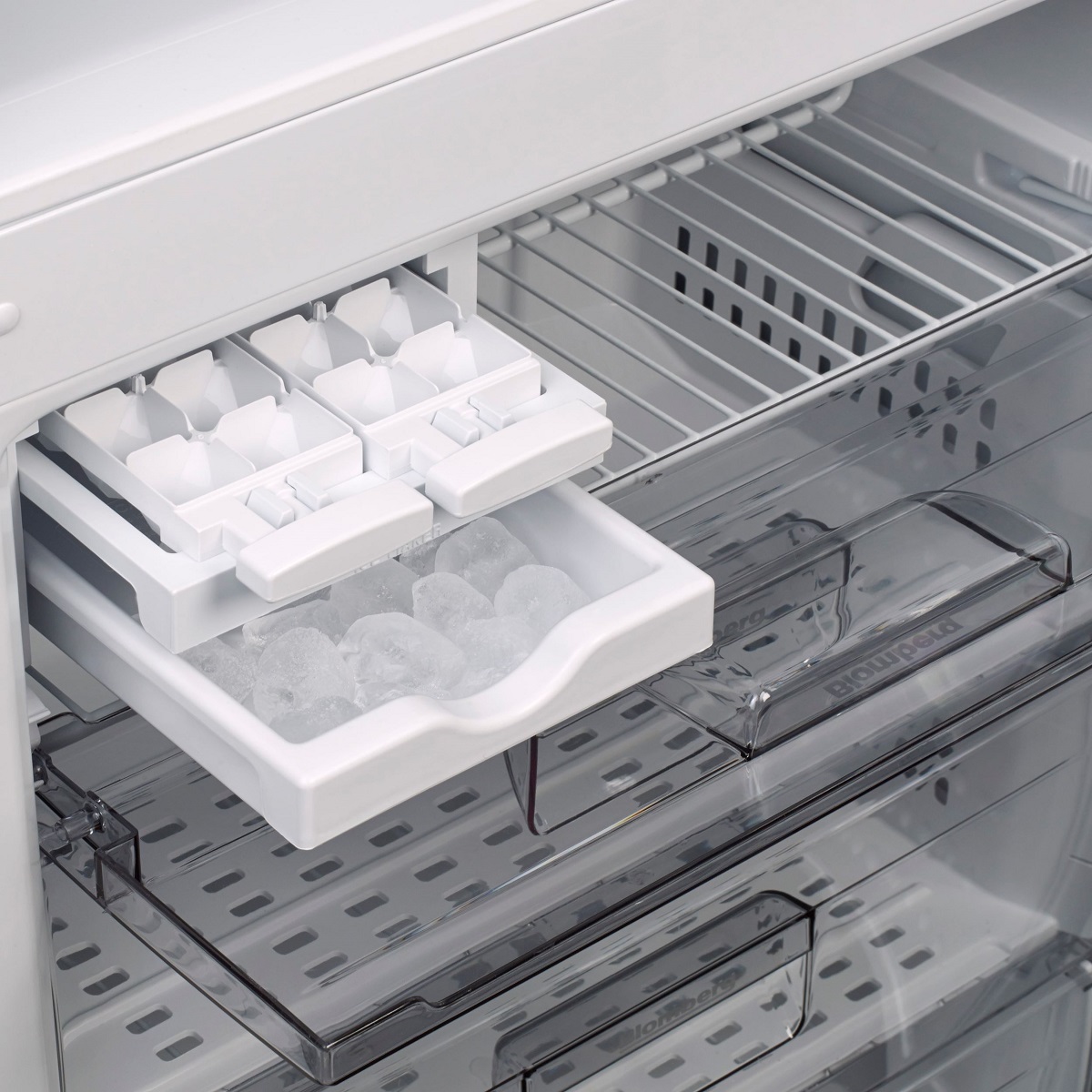
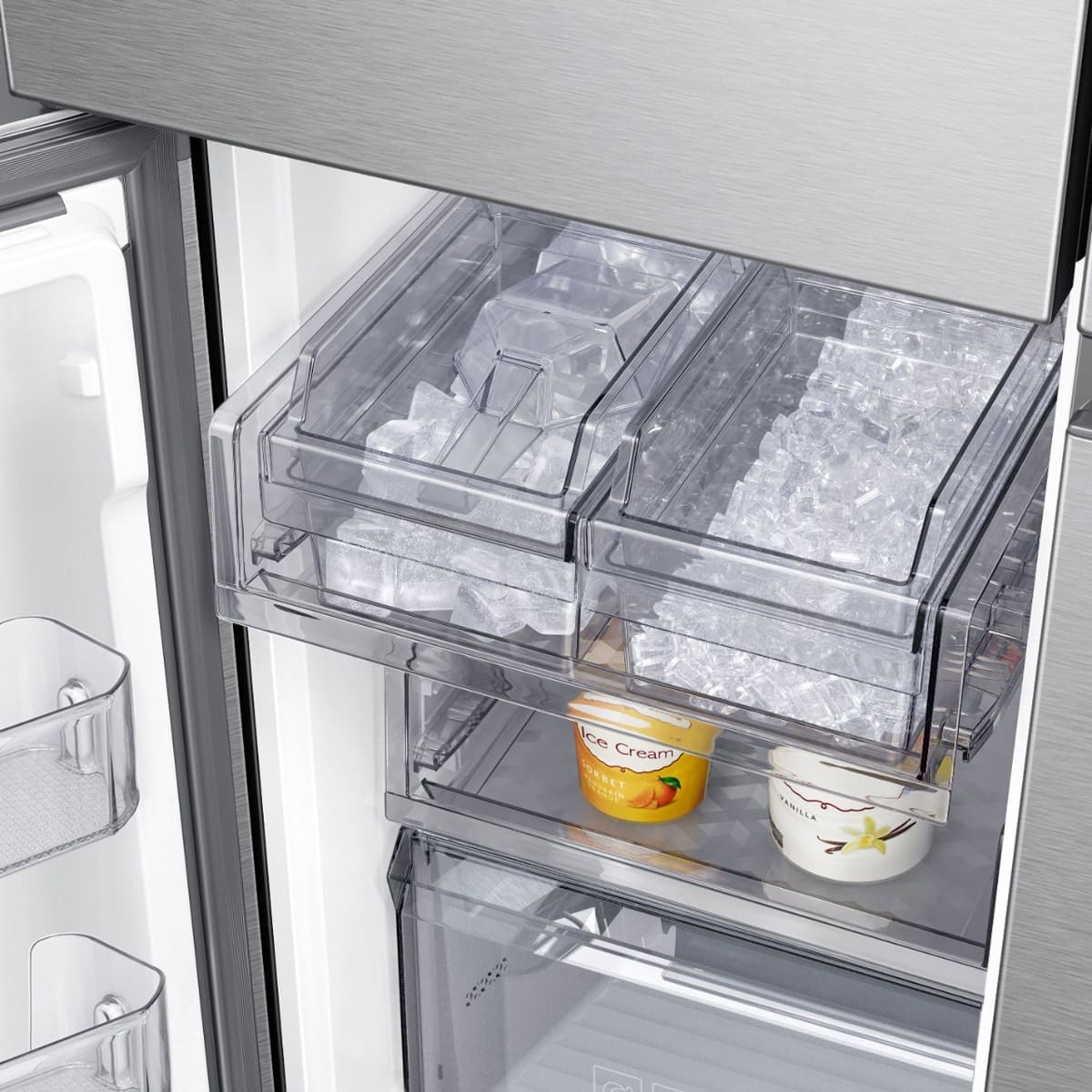

0 thoughts on “How To Fix LG Refrigerator Ice Maker”